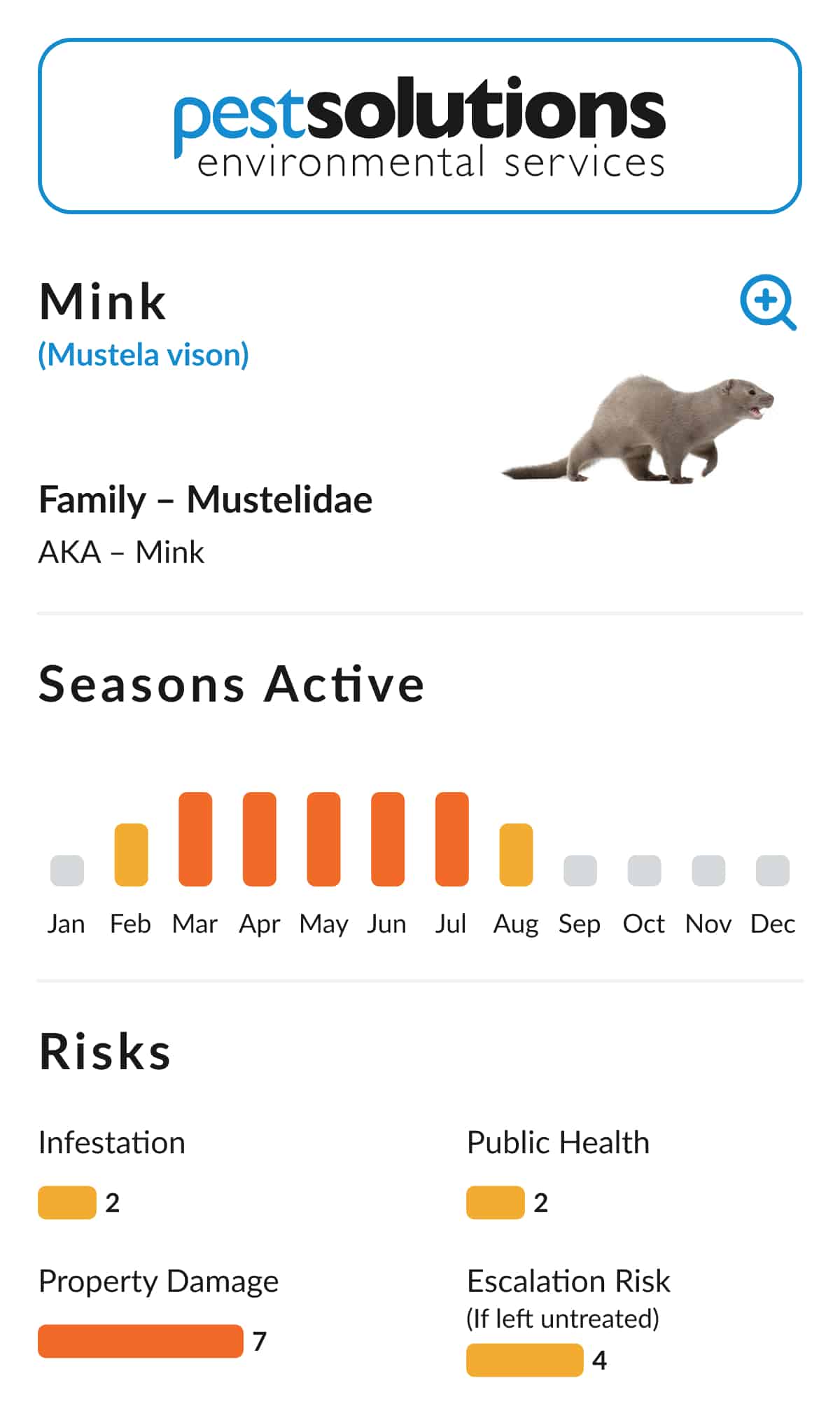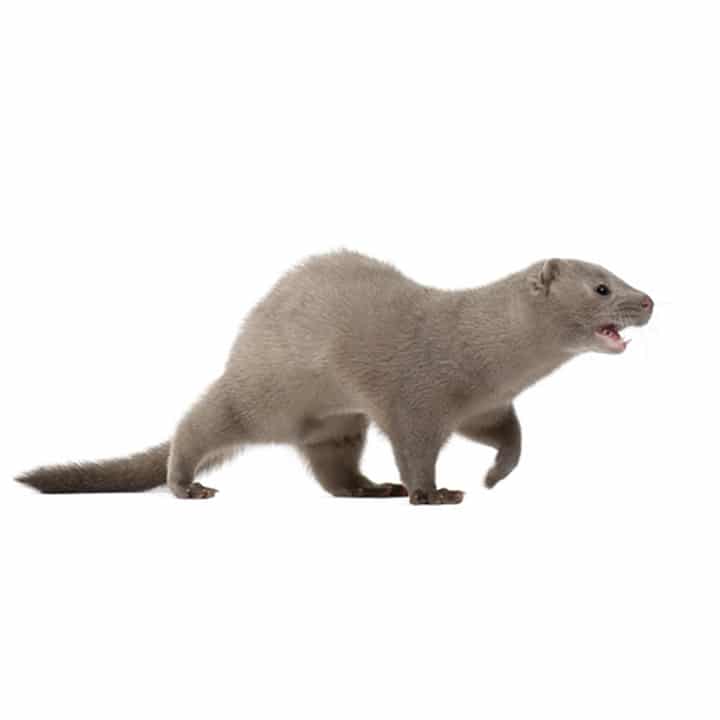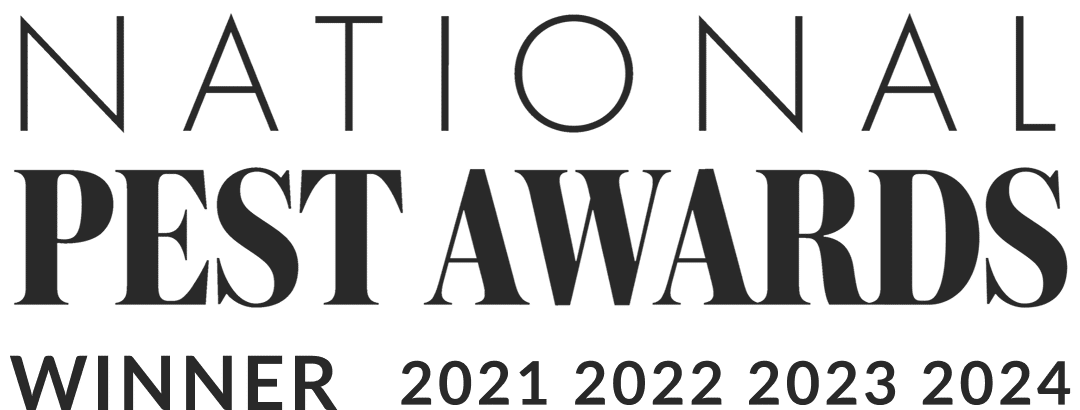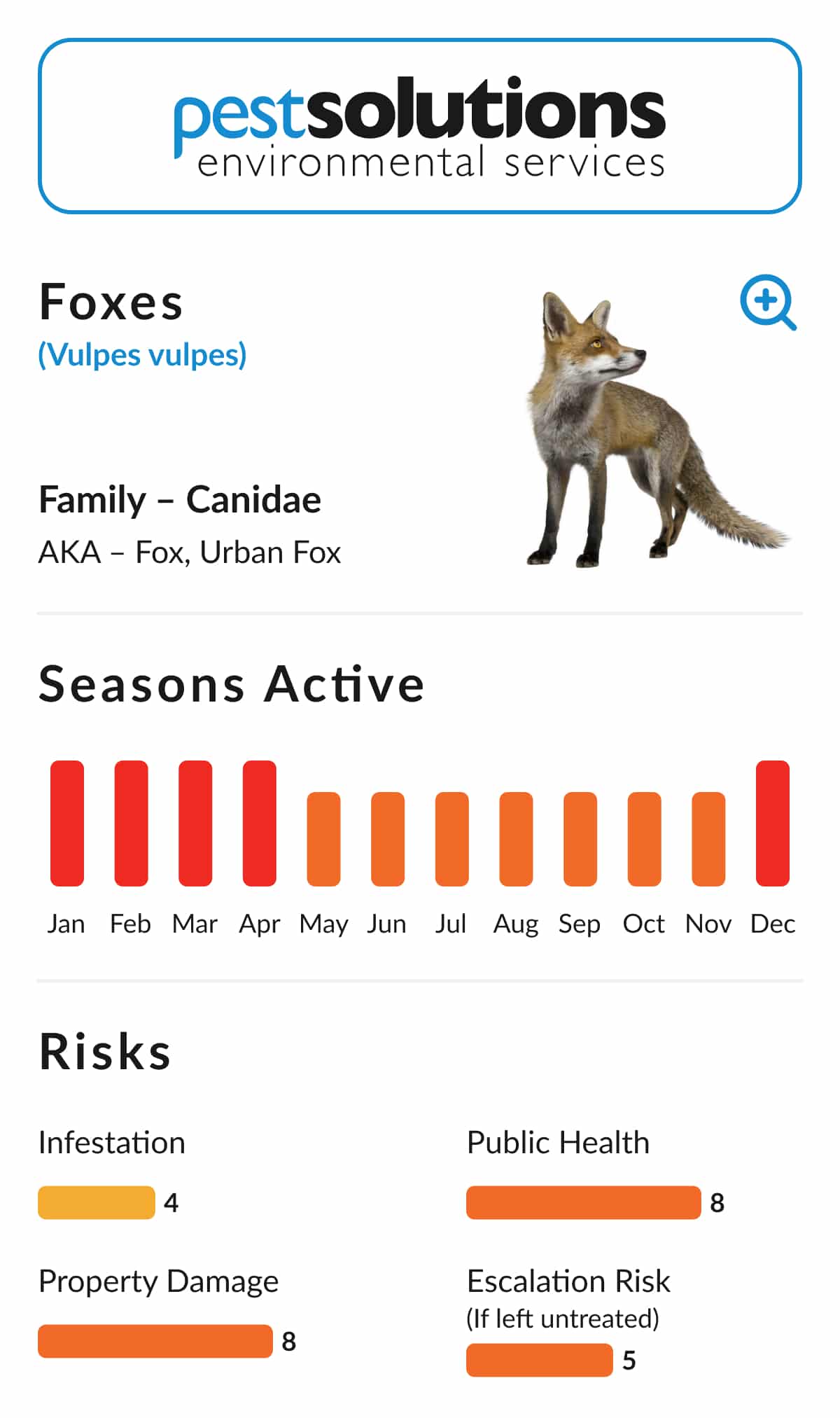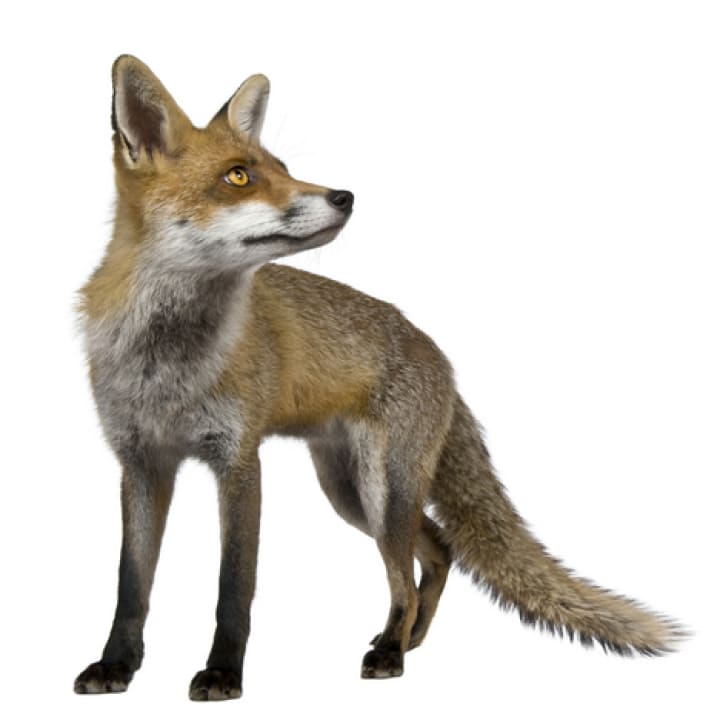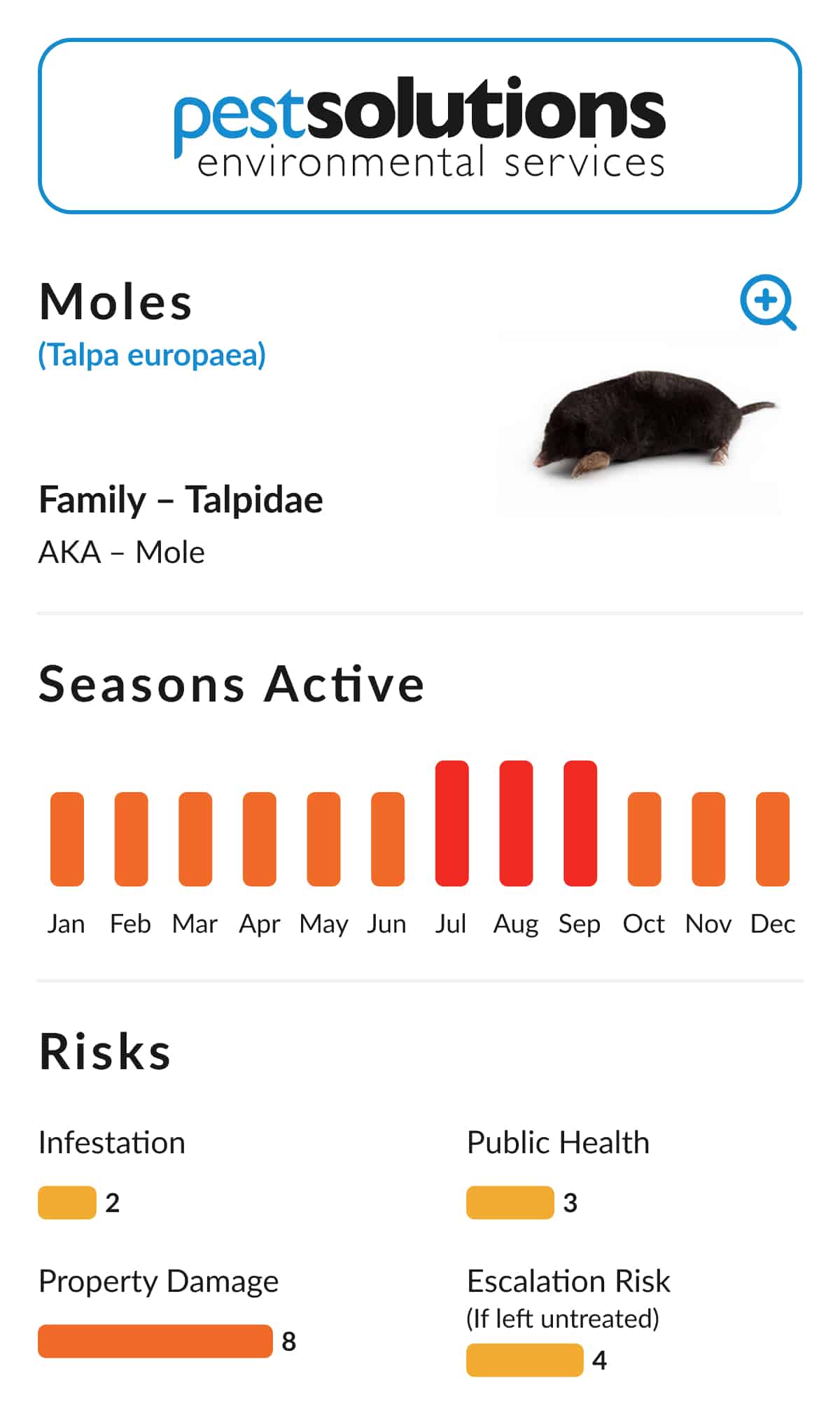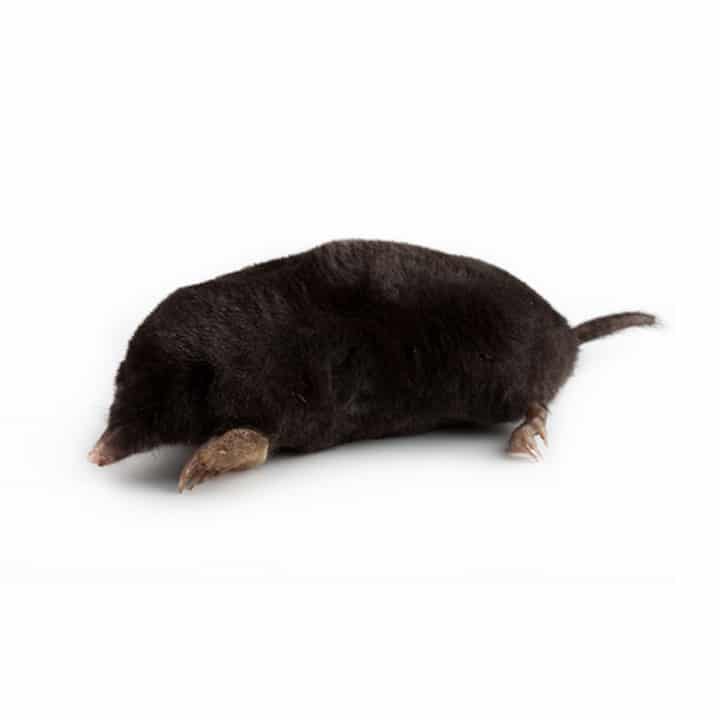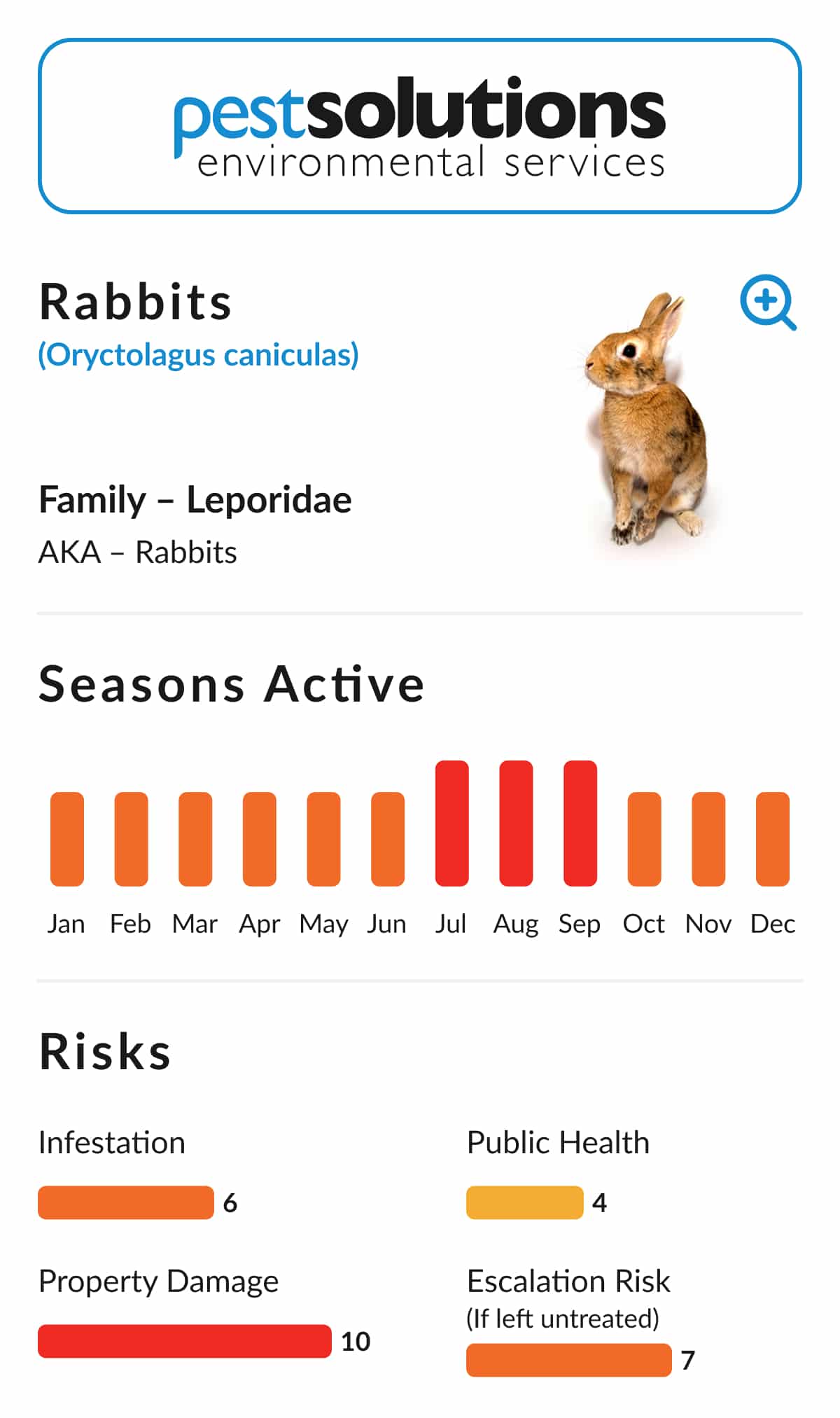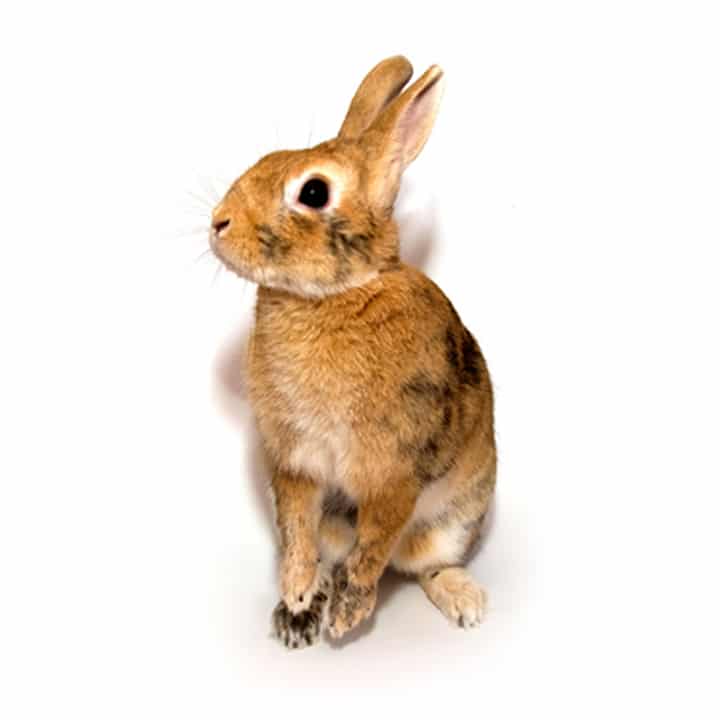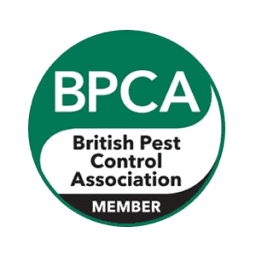The Key Facts About Mink

The mink was first introduced to Scotland from North America in 1938, for the purposes of fur farming. Over the years, though, escapes and deliberate releases from anti-fur protestors lead to the mink becoming widely established in the wild. River systems are their main habitat, and they can be found in around half the counties of England and across the entirety of Scotland.
Due to their similar appearance and habitat, mink are often confused with otters. The main difference between the two species is that otters are typically larger, measuring up to a metre in length, and have a lighter coat. On the other hand, mink only generally grow around 60 centimetres in length, and their coat is almost black in colour.
Mink (Mustela vison): The Significance of Control
Most suitable river systems in Scotland have now become occupied by mink, which has lead to a significant impact on the local fauna. In particular, the catastrophic decline in water vole populations has been due to heavy predication by mink. This pest species may also be found along the coast. Despite them being such aggressive hunters and having an enormous impact on the country’s ecology, the government was hesitant to act for many years after the first mink escapes from fur farms. This gave the species plenty of time to establish itself in the UK and expand its population to the point where it can no longer be removed completely. Even now, there is no clear government policy on how to deal with the threat that mink pose to other wildlife. It is largely up to each individual authority to decide how to manage this problem, and most simply take no action whatsoever.
Due to their habit of living near rivers and other bodies of water, mink are a particular issue for fish farms. In addition to predation of wild fish, mammals and birds, mink will kill a wide variety of domestic poultry, small pets, game birds, ornamental waterfowl and commercial stocks of birds or fish. They are particularly greedy animals, and if given the opportunity will kill far more prey than they can realistically eat. This habit is known as surplus killing, and means that if a mink gets into a chicken coop, this can result in huge economic losses as the animal will kill everything in sight. This is the main reason for the mink being considered a pest, and all the more reason to tackle an infestation as promptly as possible before it gets too far out of hand.
Call Pest Solutions to Get Rid of That Pest Today!
Pest Solutions provide an expert staff of Pest Control qualified professionals who are right here around the clock to assist you with any unwanted pest related troubles. There are strict rules surrounding mink control, but you can rest assured that our highly knowledgeable technicians will stick well within the guidelines to deal with your pest problems effectively and humanely. Pest Solutions have local coverage all over the United Kingdom allowing our expert technicians to react quickly to take care of your pest infestations . Have a member of our team help you today.
Find your local branch here or call Freephone 0800 027 2555 today to arrange a FREE Survey or a service call.
